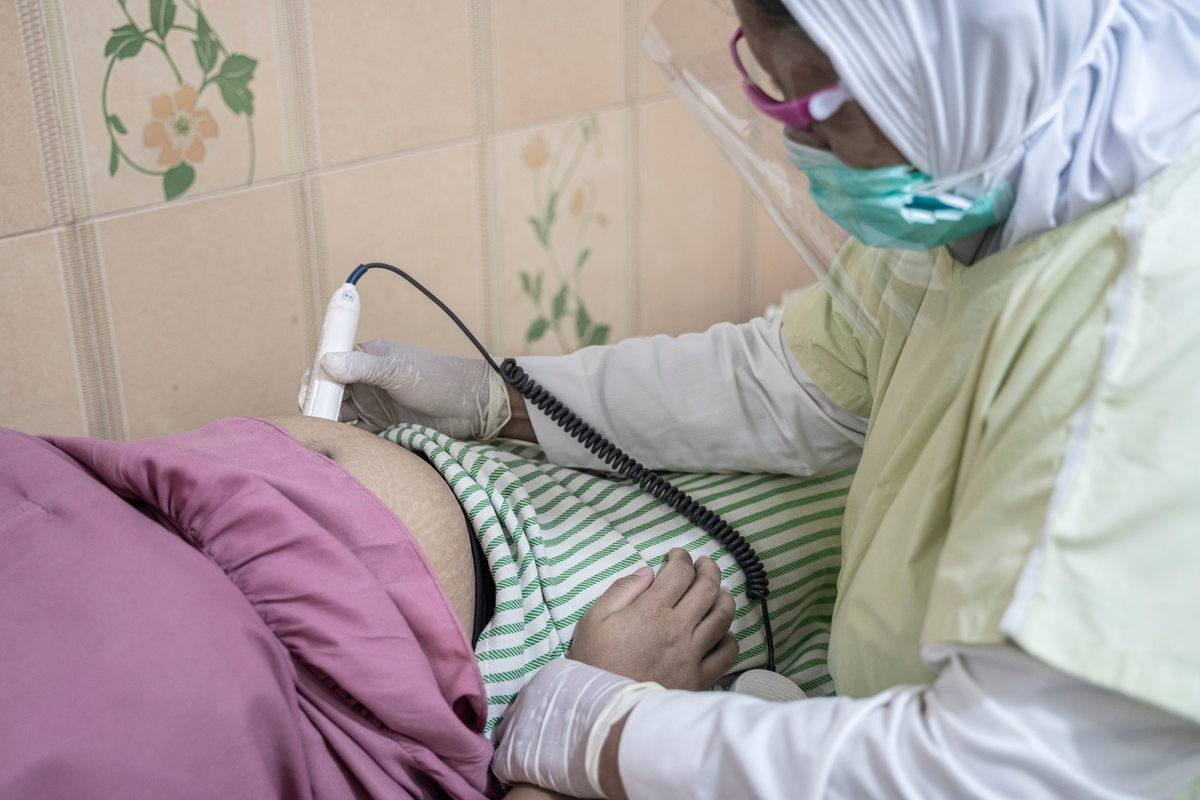
In Indonesia, child marriage and adolescent pregnancy are closely linked.
The archipelago has the highest number of births by 15 to 19 year-old-girls in Southeast Asia, despite national policies addressing child marriage.
But reducing the number of adolescent pregnancies requires much more than preventing child marriage and premarital sex, according to a recently published paper by researchers at Burnet Institute, Empatika Consultindo Mandiri, UNFPA and UNICEF.
The paper found the acceptability of child marriage, the stigma surrounding premarital pregnancy, social expectations of pregnancy after a marriage, harmful gender-based norms and violence, lack of sexual and reproductive health information, and access to services are all drivers of adolescent pregnancy.
"Many [girls we spoke to] had little or no knowledge about sexual and reproductive health when they became sexually active, and there were important power dynamics at play within girls' intimate relationships," Dr Marie Habito, Burnet Senior Research Officer and co-first author of the paper, said.
"Some girls simply had no control over the decision to have sex or use contraceptives."
Indonesian laws on sexual health and reproductive services, including contraceptives, don’t explicitly address unmarried people, instead focusing on married couples, and abortion remains illegal with few exceptions.
Indonesian Government data shows 15 to 24-year-olds predominantly disapprove of premarital sex but studies show premarital sex and pregnancy are common and underreported, where 26 per cent of adolescent pregnancies are likely conceived premaritally.
While reducing unintended adolescent pregnancy is a critical step toward eliminating child marriage, families and community members play an important role in quashing harmful gender norms, including by highlighting a woman’s worth beyond childbearing, increasing girls’ communication skills and helping help establish more equal power dynamics between men and women.
Ensuring people receive sexual education that incorporates in-depth discussions and life skills training will also make an impact.
"One of the findings that really stood out to me was how common it was among the girls we interviewed to talk about myths/misinformation about modern contraceptives," Dr Habito said.
“For example, multiple girls had heard from people around them (for example, friends, adults, even healthcare workers) that using contraceptives could 'make a woman's womb dry' or prevent her from getting pregnant later, and beliefs such as these were very strong deterrents for girls to seek out and use contraceptives.
"This shows that there is an urgent need to provide adolescents (and adults, too) with comprehensive information about sexual and reproductive health, including contraceptives."
The research sought to understand key drivers of girls’ pregnancy across the Indonesian provinces of West Java and Central Sulawesi.
Despite the diversity of experiences, the study found six common possibilities of pregnancy timings relative to marriage.
Respondents who were married following their pregnancies were motivated by financial reasons, protecting the girl and her family’s reputation, or to progress a romantic relationship.
For those who are not married, their pregnancies followed either consensual sex, unwanted or pressured sex, or forced sex.
"Having this deeper understanding of girls' pathways to adolescent pregnancy … helps us to see how we can approach this issue differently," Dr Habito said.
"It shows us what girls need, and at what time points or milestones in girls' pathways interventions might be most effective."
Pregnancy among young people is a public health and human rights priority as mothers and their babies experience poorer maternal and infant health outcomes, such as a higher risk of preeclampsia and low birth weight in comparison.
Adolescent pregnancy can also limit girls’ education and employment opportunities. They are also more likely to be unintended due to poor access to sexuality education and sexual and reproductive health services.
